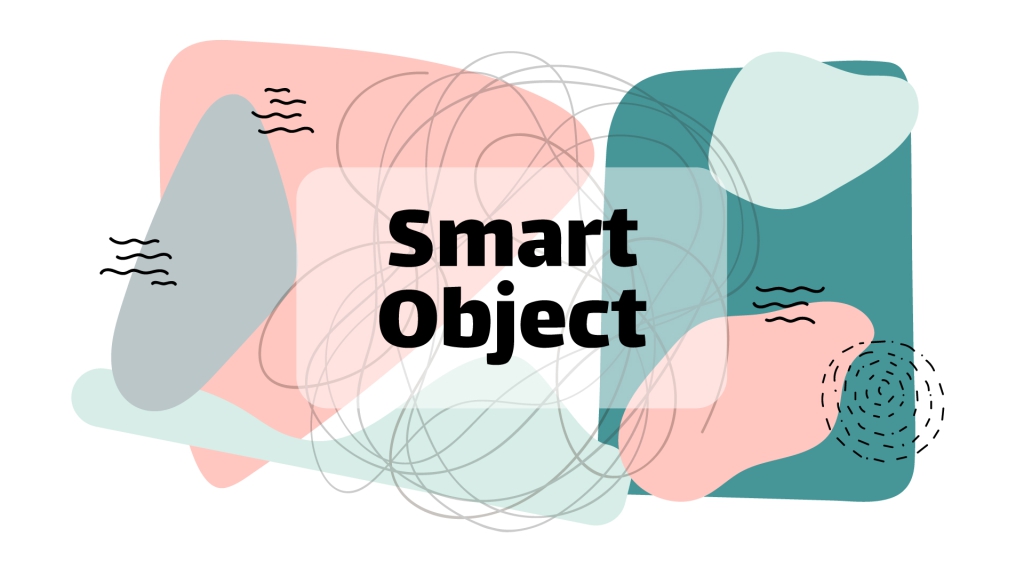In this article, we will take a quick look at smart objects. We will answer to questions such as: What are smart objects? how to convert a layer to smart object? What are advantage of using smart objects?
Intro
What’s the Smart Object?
Smart objects are a fairly new feature in Photoshop. But Photoshop won’t enable them by default. This feature opens tons of new possibilities, but they have some amazing benefits that you should know about – most of all, the ability to re-edit filters that you’ve applied to a layer. That’s not the only reason to convert a layer to a smart object, but it’s one of the biggest.
Two other reasons that are important in photography are that smart objects make it easier to do image averaging and perform nondestructive transform/warps of layers.
They are also helpful in graphic design for various purposes. But actually what is a smart object? A smart object is the ultimate non-destructive layer in Photoshop. Any edits that you apply to a smart object can be undone or revisited; they’re never baked permanently into the layer.
With this feature you are always able to re-edit your smart filters later in your process, for instance, if our layer contains a gaussian blur applied to it, you can double-click on the smart filter and change your preferences.
Examples
Step1:
Scale a photo without being a smart object to lose the quality. If you use Photoshop’s transform tool to shrink an ordinary layer, it will turn into a low-resolution version of itself. Trying to enlarge it back to the original size will give you a blurry image.
Step2:
If you do the same process to a layer that has been converted to a smart object, you can shrink and resize the layer to your heart’s content, and it remains just as sharp.

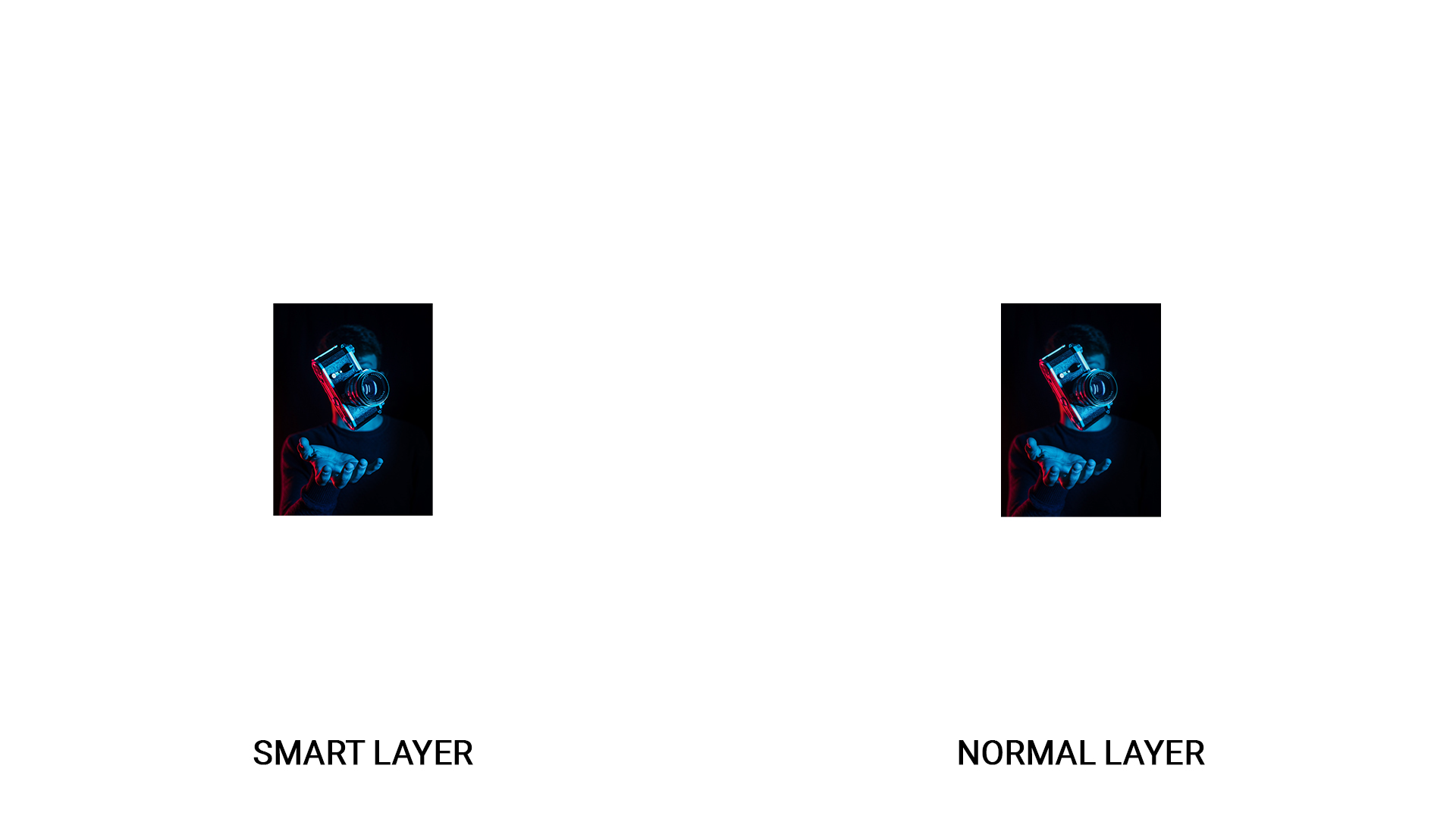
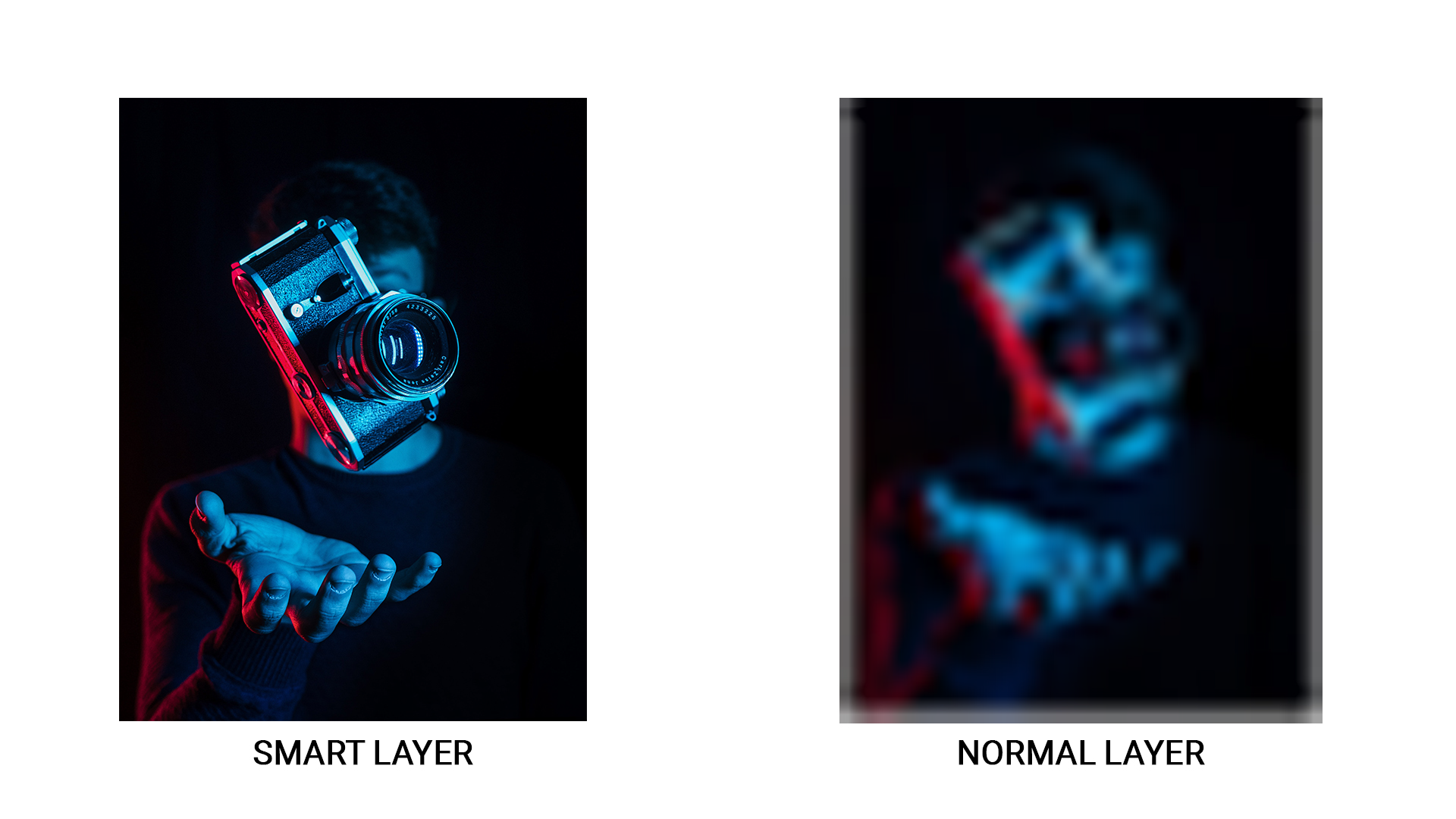
How to create a smart object?
In Photoshop you can convert your layers by these simple steps:
Select your layer > Right-Click > Convert to smart object.
You can also convert multiple layers and merge them into one smart object.

Smart Object Advantages
Why should you use smart objects?
There are tons of reasons for every designer or photographer to use smart objects, but we can conclude them in three majors in this video:
- Nondestructive Filters
- Nondestructive Transforms
- Copy items from illustrator
1. Nondestructive Filters:
The first advantage of using smart objects
Photoshop’s filter tools are a huge help for photography, especially now that the Camera Raw dialog has been added as a filter option in the newer versions of Photoshop.
But what happens if you apply a filter and only realize later that you went a bit too far? You might have to delete the layer and start over, which can be a serious problem if you’ve done a number of other edits to that layer in the meantime.
Instead, if you convert a layer to a smart object before applying any filters, they become “smart filters” instead. A list of all your smart filters appears under the smart object in Photoshop, and you can double-click any of their names to re-open the filter dialog.
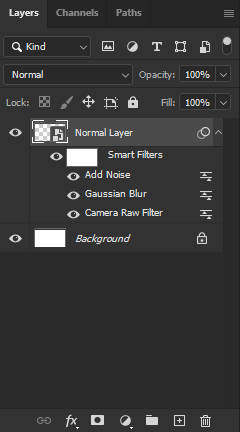
You can even blend the smart filters using layer blend modes by double-clicking the icon on the right-hand edge of any smart filter:
Doing so will pop up a dialog that looks like this, allowing you to change the opacity and blend mode just like any other layer.
Overall, being able to re-do any filter edits is the biggest reason to convert a layer to a smart object in Photoshop, at least for photography. Once you start using it, you’ll never look back.
2. Nondestructive Transform:
The second advantage of using smart objects
Another practical reason to use smart objects is to warp or transform the layer without permanently baking the transformation into the layer.
However, this only applies if you’re doing some sort of composite photography, whether surrealistic or more grounded like product photography. Not all photographers need to composite images together, but if you do, it’s best to convert your layers to smart objects before resizing them.
3. Linking between Illustrator and Photoshop:
The third advantage of using smart objects
The last useful feature of smart object is to make a connection between Adobe Illustrator and Photoshop.
For example, we can simply add artwork from Adobe Illustrator by just copying it from the Illustrator app and pasting it into Photoshop. As we can see in this dialogue box we have multiple options. By selecting the Smart object option and clicking “Ok” You have now an editable smart object layer.
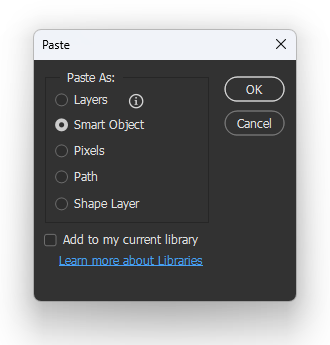
By doing so, you are now able to edit the original artwork from Illustrator. After editing your artwork, you can simply choose “Save” from “Files” and changes will apply automatically in your Photoshop layer.
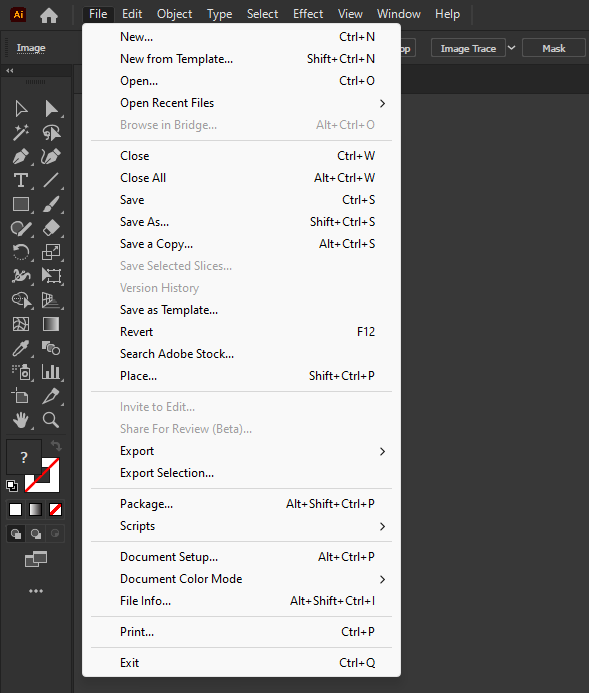
Suggested Articles:

